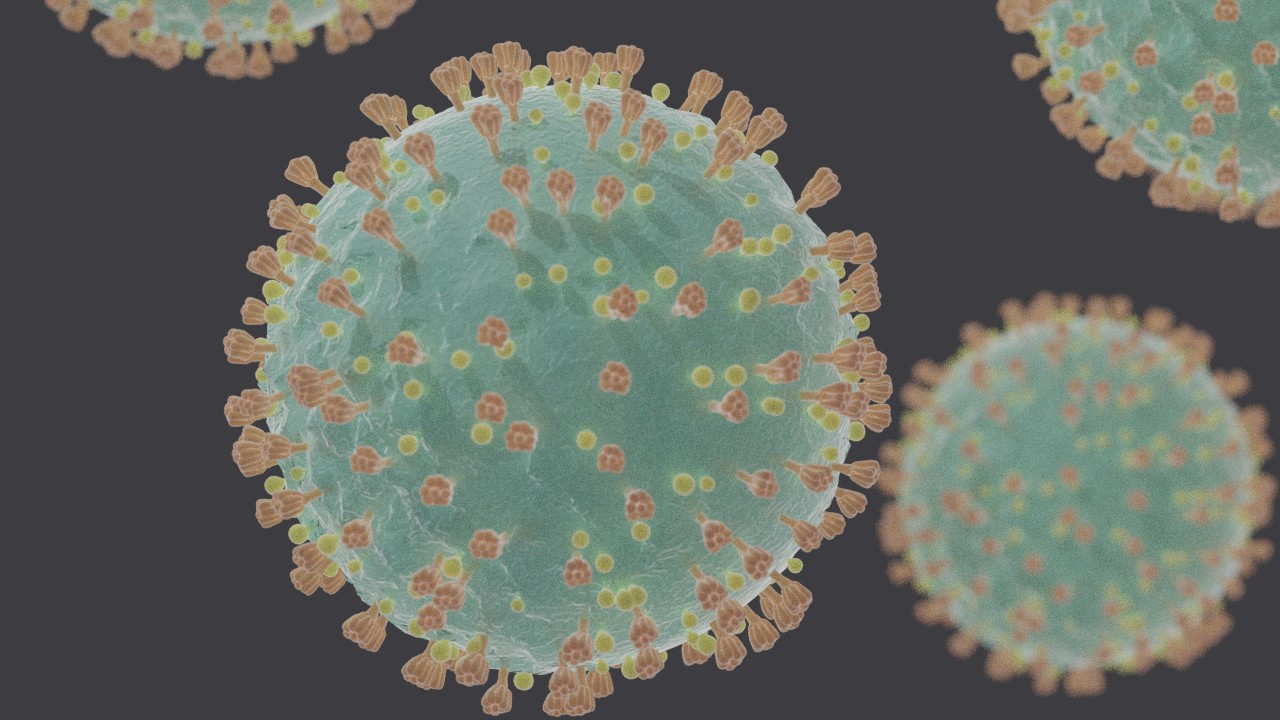Volleyball group eyes changes to how national team is formed
By Michael Angelo S. Murillo, Senior Reporter
LOOKING to strengthen the formation of national teams for international competitions, newly formed Philippine National Volleyball Federation, Inc. (PNVFI) is eyeing changes to the process involved.
Primary among the local volleyball federation wants to see is to have a committee in charge of forming the teams instead of placing the entire task solely on the shoulders of the coaching staff.
“This department will be in charge of this (formation of teams). The coach will no longer be the only one to choose the players,” said Ramon Suzara, PNVFI president, during Tuesday’s online Philippine Sportswriters Association Forum.
The planned committee, the volleyball chief said, will have a chairman, secretary and five members and tasked to handle the national team for events like the Southeast Asian Games, Asian Games and other FIVB (International Volleyball Federation) competitions.
This will effectively replace the long practice of having the appointed head coach call for tryouts and name the members of the men’s and women’s volleyball teams.
Mr. Suzara also said they are batting for a bigger pool of players for the national squads, so as to give flexibility in the selection process.
“So, we can change players anytime,” he said.
Shoring up the program for the national team is one of the thrusts of PNVFI as it tries to set in order the affairs of local volleyball.
PNVFI was formed in elections held on Jan. 25, which was overseen by the Philippine Olympic Committee on the request of the FIVB.
Through letters sent by the FIVB to POC President Abraham Tolentino, the international federation reiterated the need to elect a “legitimate” national sports association lest the country risk not being able to send national teams to FIVB-sanctioned tournaments.
The PNVFI took the place of the Larong Volleyball sa Pilipinas, Inc. (LVPI) and Philippine Volleyball Federation (PVF), which were in a tug-of-war on the issue of volleyball leadership in the country prior to the election of a new association for the sport.
The new federation has been recognized by the FIVB and Asian Volleyball Confederation following its election.
It was to have its induction on Wednesday.
Stakeholders welcome the PNVFI and are hoping that the much-hoped clarity in the programs will be realized under it.
“We’re happy that there are plans to help the growth of Philippine volleyball. This is just the beginning,” said volleyball star and national athlete Alyssa Valdez, who joined Mr. Suzara in the PSA Forum.
Also present in the forum were PNVFI vice-president Arnel Hajan and board member Charo Soriano, and national athletes Aby Marano and Jaja Santiago.
Mr. Suzara said that the PNVFI under his leadership will push for a 10-point program, which includes the formation of a national league owned by the federation, bringing world-class events to the country and reviving age-group competitions nationwide.
They, too, hope to increase their membership from the current 52 to as many as 82, representing all the different provinces.





